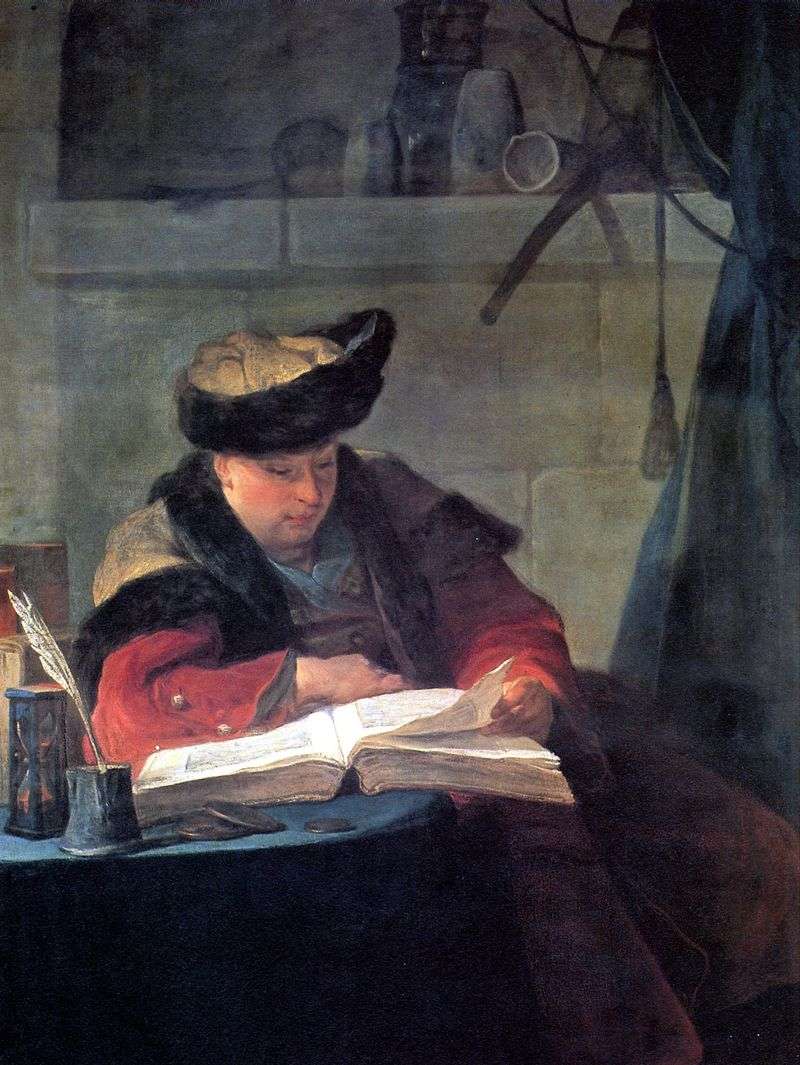
Chardin rarely turned to the genre of the portrait, and if he still portrayed someone – then only close friends and acquaintances. In addition, the artist almost never exhibited these portraits as “portraits proper”, more often than not he tried to find some other, “genre” name.
So, for example, a portrait of the artist Joseph Aved, which you can see at the top, was shown in the Salon of 1737 under the name “Alchemist”. This picture was very warmly received by critics who compared it with the works of Rembrandt. The figure of “alchemist” Chardin wrote in the environment of the most curious subjects.
A heavy folio, an hourglass, an inkwell-all these details would indeed have been made up for the dwelling of some warlock or philosopher. The impression is completed by quaint bottles lined up on a stone shelf behind Aved’s back. Note that this, relatively speaking, “early” portrait – masterly executed and very refined – does not portend, for all that, the further development of Chardin in the “portrait” direction and, especially, the appearance of a brilliant series of pastel portraits.
The first of them, shown in the Salon of 1771, shocked the audience. The artist was already seriously ill by this time, and no one thought his talent would last for a new, and even so strong, splash. One of the then critics wrote in astonishment: “On the first attempt, Chardin proved himself to be an outstanding pastel master.” The last pastel portrait of Sharden’s work was shown in the Salon of 1779, just a few months before the author’s death.
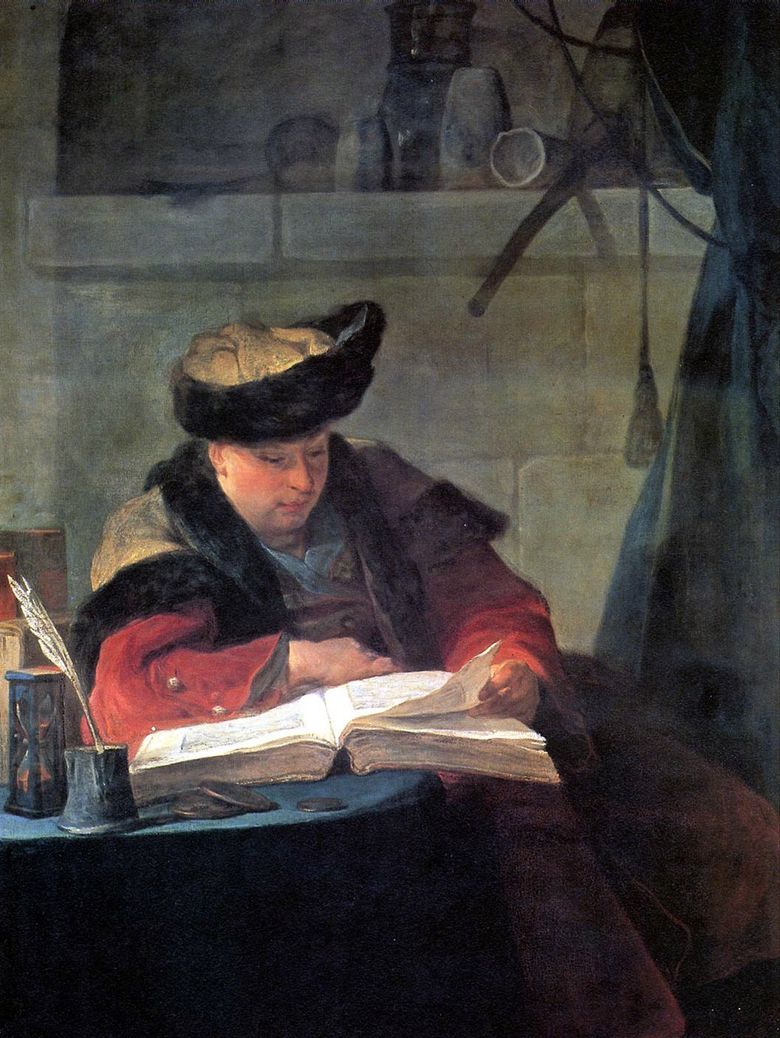 Portrait de l’artiste Joseph Aved – Jean Baptiste Simeon Chardin
Portrait de l’artiste Joseph Aved – Jean Baptiste Simeon Chardin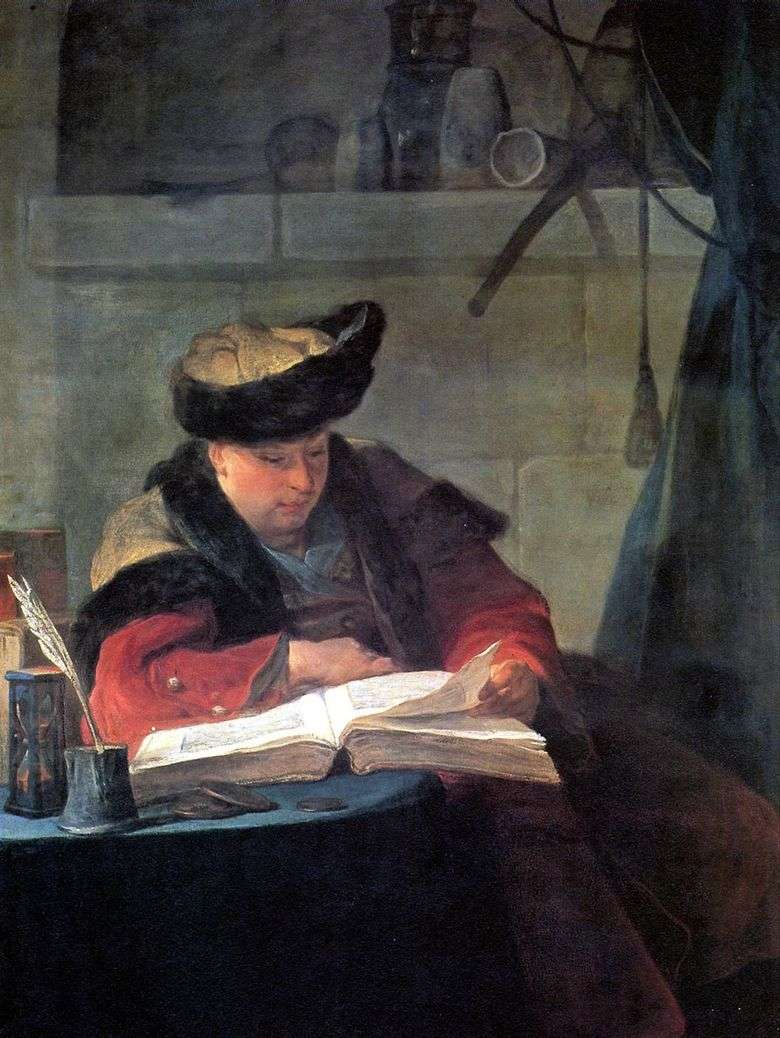 Retrato del artista Joseph Aved – Jean Baptiste Simeon Chardin
Retrato del artista Joseph Aved – Jean Baptiste Simeon Chardin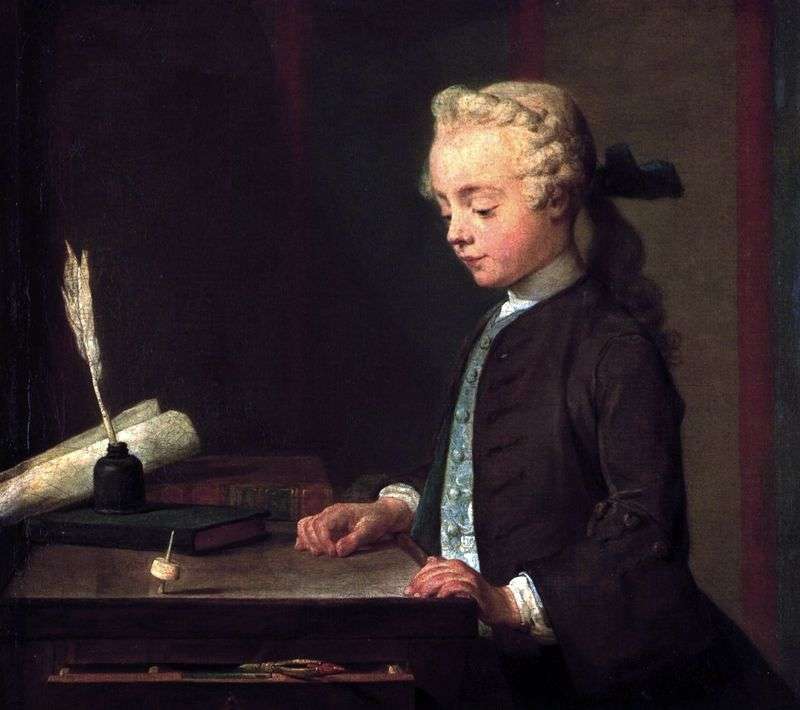 A Boy with a Yule by Jean Baptiste Simeon Chardin
A Boy with a Yule by Jean Baptiste Simeon Chardin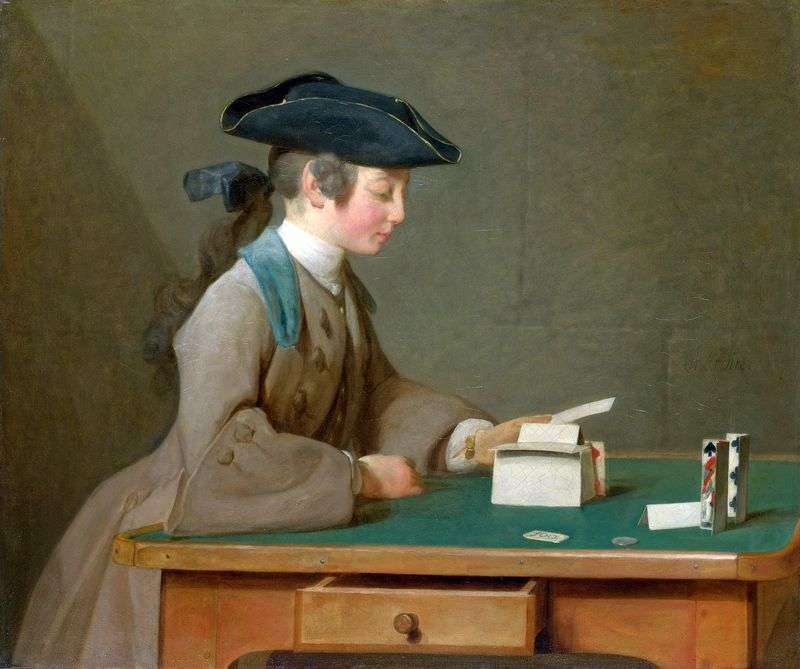 House of Cards by Jean Baptiste Simeon Chardin
House of Cards by Jean Baptiste Simeon Chardin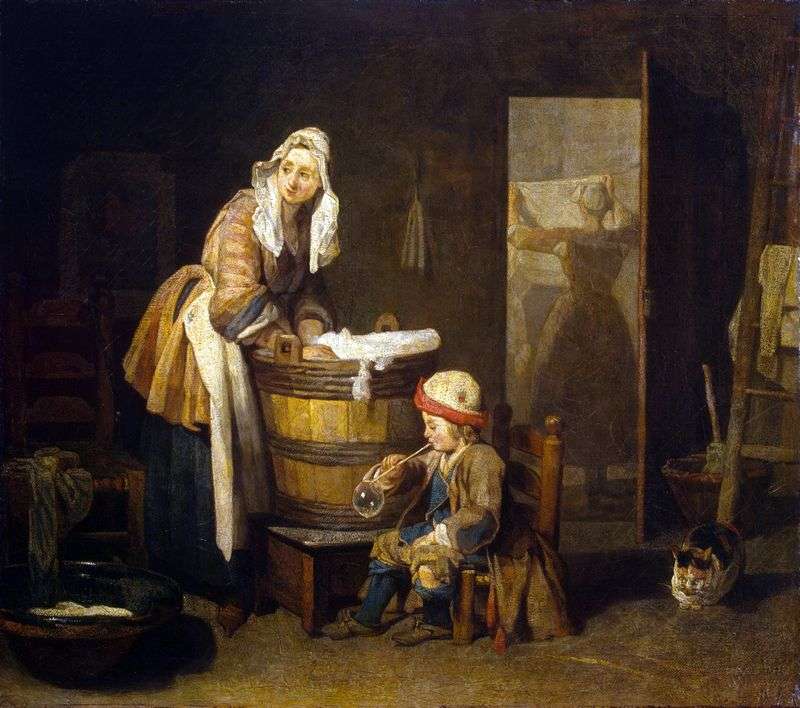 Laundress by Jean Baptiste Simeon Chardin
Laundress by Jean Baptiste Simeon Chardin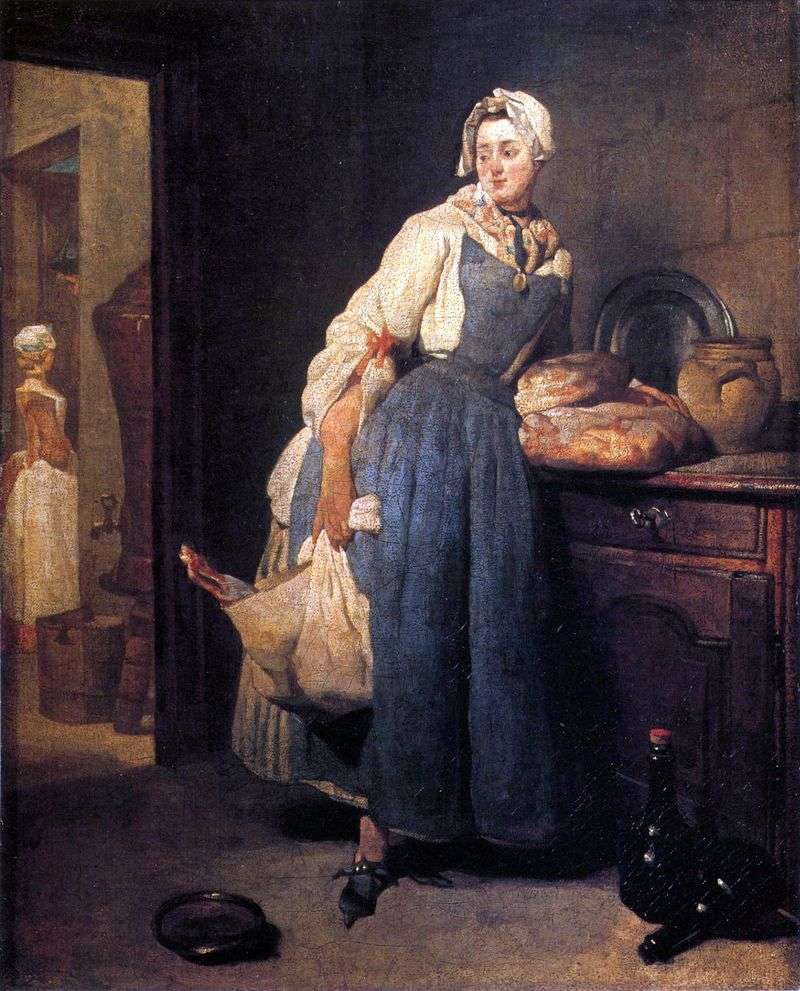 Spies by Jean-Baptiste Simeon Chardin
Spies by Jean-Baptiste Simeon Chardin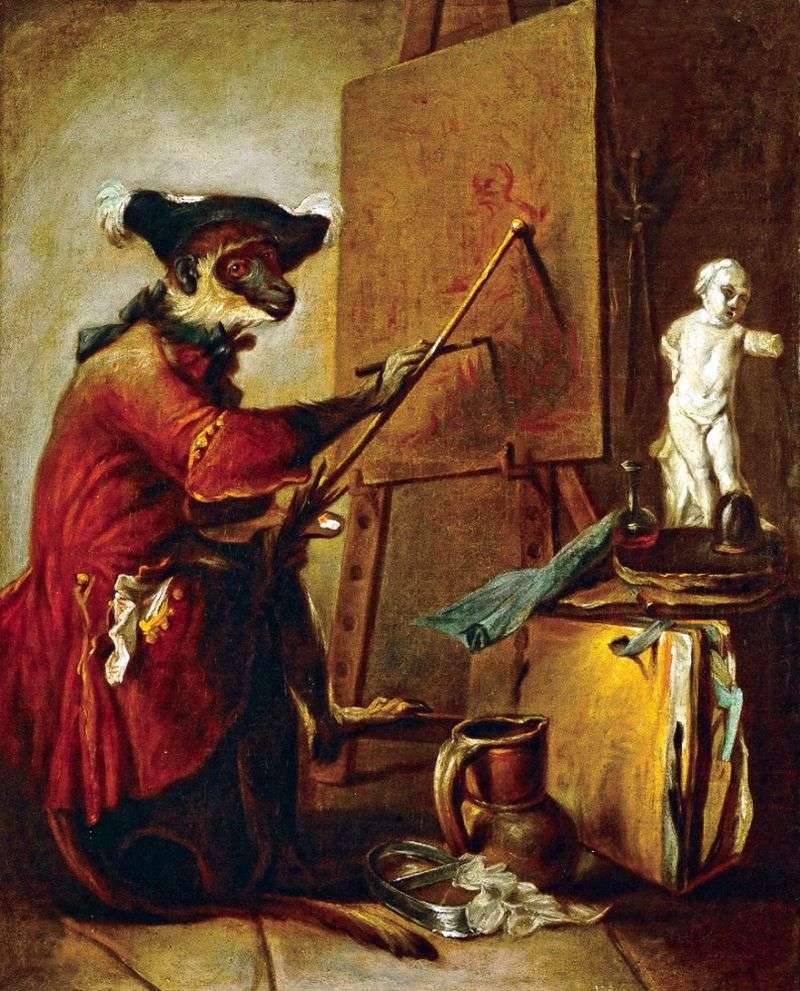 Monkey Artist by Jean Baptiste Simeon Chardin
Monkey Artist by Jean Baptiste Simeon Chardin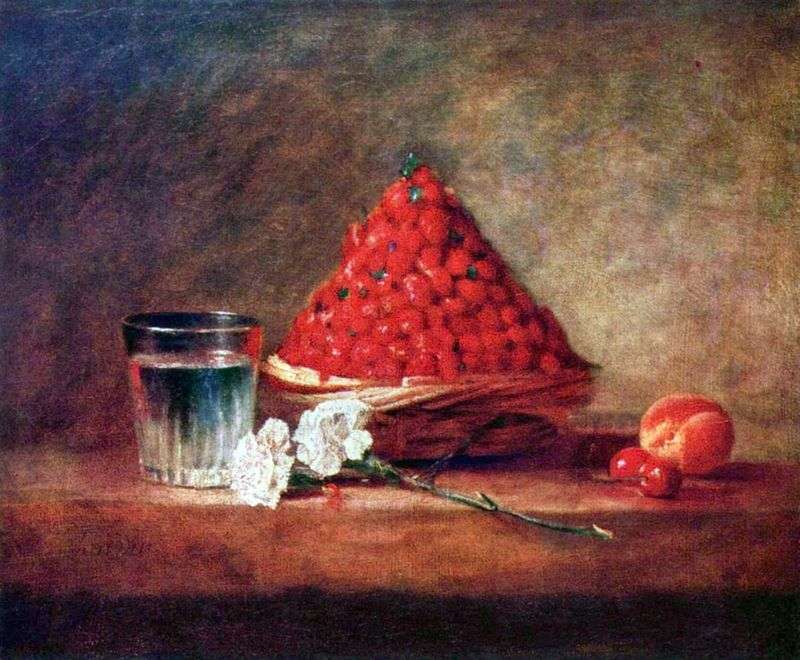 Basket with strawberries by Jean Baptiste Simeon Chardin
Basket with strawberries by Jean Baptiste Simeon Chardin